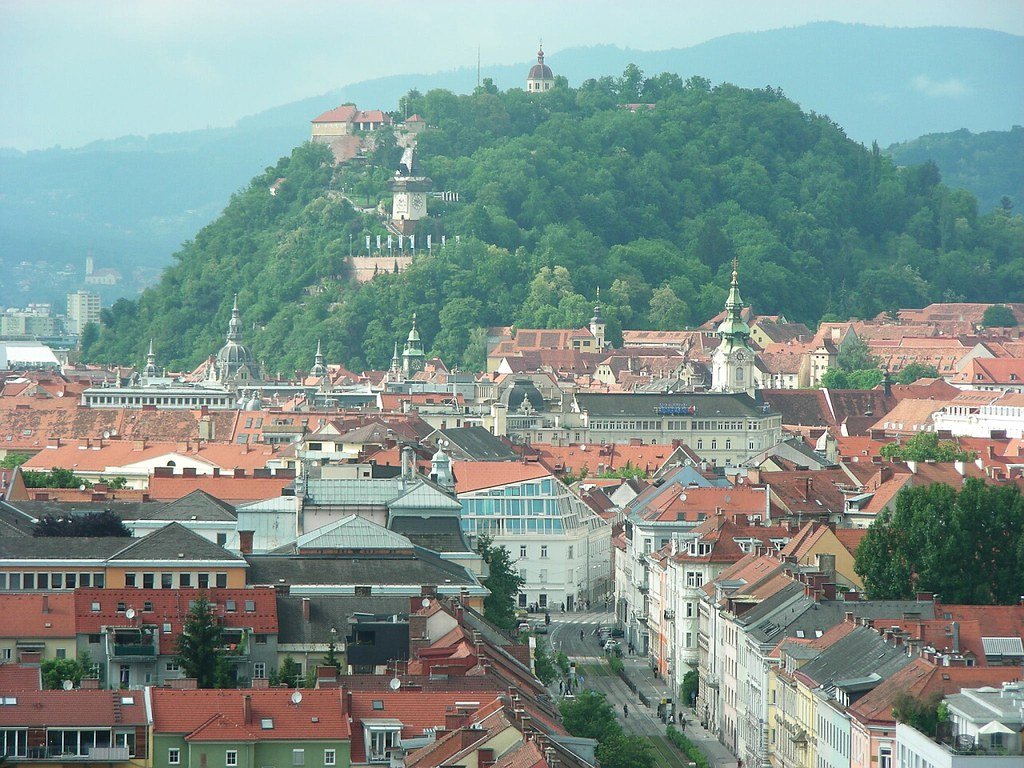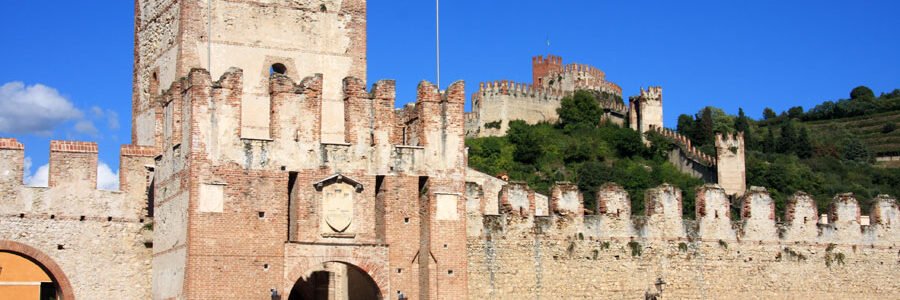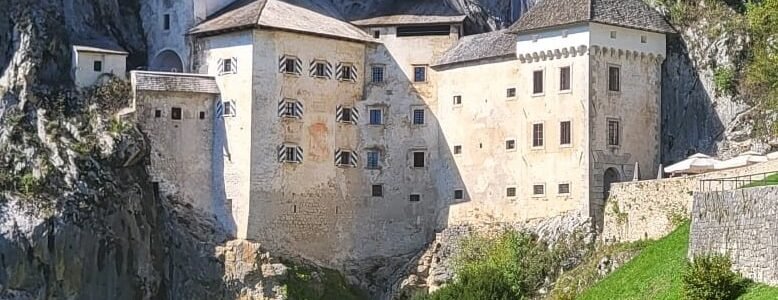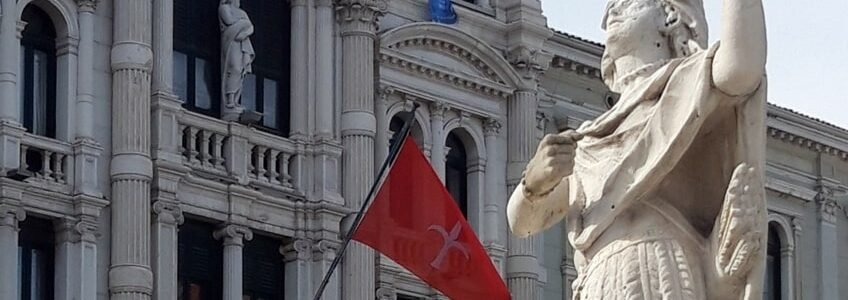Graz City Guide
Graz City Guide
Graz City Guide
Introduction to Graz
Graz is Austria’s second-largest city and the capital of Styria. Known for its well-preserved old town and vibrant cultural life, Graz offers a mix of medieval, Renaissance, and modern architecture. The city is compact enough for walking yet large enough to offer a wide range of sights and activities. Located near the Slovenian border, Graz attracts visitors interested in history, design, and regional cuisine. Its friendly atmosphere and good infrastructure make it a practical destination for both short and extended stays.
Old Town and Hauptplatz
The heart of Graz is the old town, centered around Hauptplatz, the main square. This area is framed by colorful buildings and narrow streets that date back to the Middle Ages. The Rathaus, or city hall, dominates the square with its distinctive facade. Markets and events are often held here, adding to the lively atmosphere. Just off Hauptplatz, you can explore Sporgasse and Herrengasse, two streets lined with historic buildings, cafes, and small shops. These streets are ideal for a slow walk, with plenty of details to observe in the architecture and shop windows.
Schlossberg and the Clock Tower
A visit to Graz is incomplete without climbing the Schlossberg. This hill rises above the old town and provides panoramic views of the city and the surrounding landscape. You can reach the top on foot, by funicular, or using the elevator carved into the rock. The Clock Tower at the summit is one of the city’s symbols. From here, paths lead to small gardens, viewpoints, and hidden corners. The area is popular for both tourists and locals, especially in the early evening when the city lights begin to appear.
Cultural Attractions
Graz is known for its strong cultural scene. The Kunsthaus Graz, with its futuristic design, hosts contemporary art exhibitions. In contrast, the Universalmuseum Joanneum presents natural history, art, and technology across several locations in the city. The Styrian Armoury displays the largest historic weapons collection of its kind. Smaller museums and galleries can be found throughout the old town, offering a range of topics from photography to local history. The city’s size makes it easy to combine several visits in a single day without feeling rushed.
Outdoor Spaces and Parks
Despite its urban setting, Graz provides many green areas. Stadtpark is a large public park near the center, offering walking paths, statues, and open lawns. The Mur River runs through the city, with promenades and cycling paths on both sides. The Murinsel, an artificial island with a cafe and open space, sits in the river and serves as a gathering spot. These areas give visitors a chance to pause and enjoy the slower pace that characterizes Graz.
Connections Beyond Graz
Graz is well connected by train and bus to Vienna, Salzburg, and smaller Austrian towns. For international travelers, reaching the city is simple. Many choose a private transfer from Ljubljana Airport to Graz to avoid coordinating multiple forms of transport. The city’s location makes it an ideal base for regional trips, whether into southern Austria or nearby parts of Slovenia.
Regional Food and Dining
The cuisine of Graz reflects Styrian traditions. Typical dishes include pumpkin seed oil salads, Styrian fried chicken, and various pastries. Farmers’ markets, especially the Kaiser-Josef-Markt, provide fresh produce, cheese, bread, and local meats. Small bakeries and coffee houses are scattered throughout the center, many of them family-run. Dining ranges from casual inns serving classic dishes to restaurants offering modern interpretations of regional food. Local wines and fruit juices are commonly served, adding to the sense of place.
Shopping and Local Crafts
Shopping in Graz combines international brands with regional goods. Herrengasse is the main shopping street, but smaller side streets offer boutiques and specialty shops. Local products include ceramics, textiles, and food items such as honey, preserves, and pumpkin seed oil. During the Advent season, the Christmas markets sell crafts, decorations, and seasonal foods. These markets are especially atmospheric in the evening when the lights are on and music fills the squares.
Family-Friendly Activities
Families will find plenty to do in Graz. The Schlossberg itself provides open spaces for children to explore. The Natural History Museum and the interactive displays at the Universalmuseum Joanneum appeal to younger visitors. Public parks and playgrounds are well maintained, offering safe spaces to play. The city’s layout makes walking with children easy, and many cafes and restaurants are family-friendly.
Design and Modern Architecture
Beyond its historic buildings, Graz is noted for modern design. The Kunsthaus stands out with its unusual shape and materials. The Murinsel, designed as both a bridge and a floating platform, reflects the city’s openness to new ideas. Several newer buildings, including university facilities and civic centers, show how Graz blends old and new without losing its character. This mix of styles gives the city a dynamic appearance that rewards exploration beyond the main sights.
Day Trips from Graz
Visitors often use Graz as a base for exploring the surrounding region. Day trips might include a visit to Riegersburg Castle, known for its hilltop setting and medieval structure, or to the wine-growing areas of southern Styria. Small towns such as Leibnitz and Bad Radkersburg provide additional options for those interested in local history and food. These trips can be arranged by train, car, or as part of guided tours.
Practical Information
Graz is easy to navigate without a car. Most sights are within walking distance, and the public transport system covers the city and its suburbs. Trams and buses run frequently and are reliable. Bike rentals are also available. The best times to visit are spring and early autumn, when the weather is mild and outdoor activities are most enjoyable. The city offers a range of accommodations, from budget hostels to boutique hotels.
Official Travel Information for Graz
For maps, event listings, and ticket details, visit the official tourism site at graz.at. The site includes updates on public transport, museum hours and suggested walking routes.
Final
Graz provides visitors with a well-rounded experience. The city’s size makes it manageable, yet its variety of sights and activities keeps it engaging. From historic buildings and museums to parks and markets, Graz offers a balance of culture, history, and modern life. The welcoming atmosphere and practical layout leave many visitors eager to return or stay longer than planned.
Graz City Guide
Graz City Guide takes you through a city where history and modern life work side by side. From the clock tower on the hill to riverside paths and open markets, Graz offers a compact center that’s easy to see in a day. It’s a place for quiet walks, local food, and small museums that don’t need long lines or reservations.
Many visitors connect Graz with stops in Slovenia, Italy, or Croatia — an easy addition to cross-border trips or as a base for exploring Styria.
- Graz to Ljubljana Airport private transfer
- Ljubljana to Graz direct service
- Graz to Bled car ride
- Graz to Trieste route
- Venice to Graz private trip
- Graz to Plitvice transfer option
Graz City Guide: Easy to Navigate, Worth the Stop
- City center is fully walkable
- Markets and cafés open most of the day
- Good mix of historic and modern buildings
- Clock tower offers the best view in minutes
- Quick access to local parks and riverside paths
- Ideal for short visits or overnight stays
A City That Works Into Any Itinerary
Graz City Guide helps you see more without adding stress
See official maps, events, and local details on the city’s main tourism portal.
RECENT POSTS
- Postojna Cave Guide August 23, 2025
- Bolzano City Guide August 23, 2025
- Split City Guide August 23, 2025





























































Leave a Comment